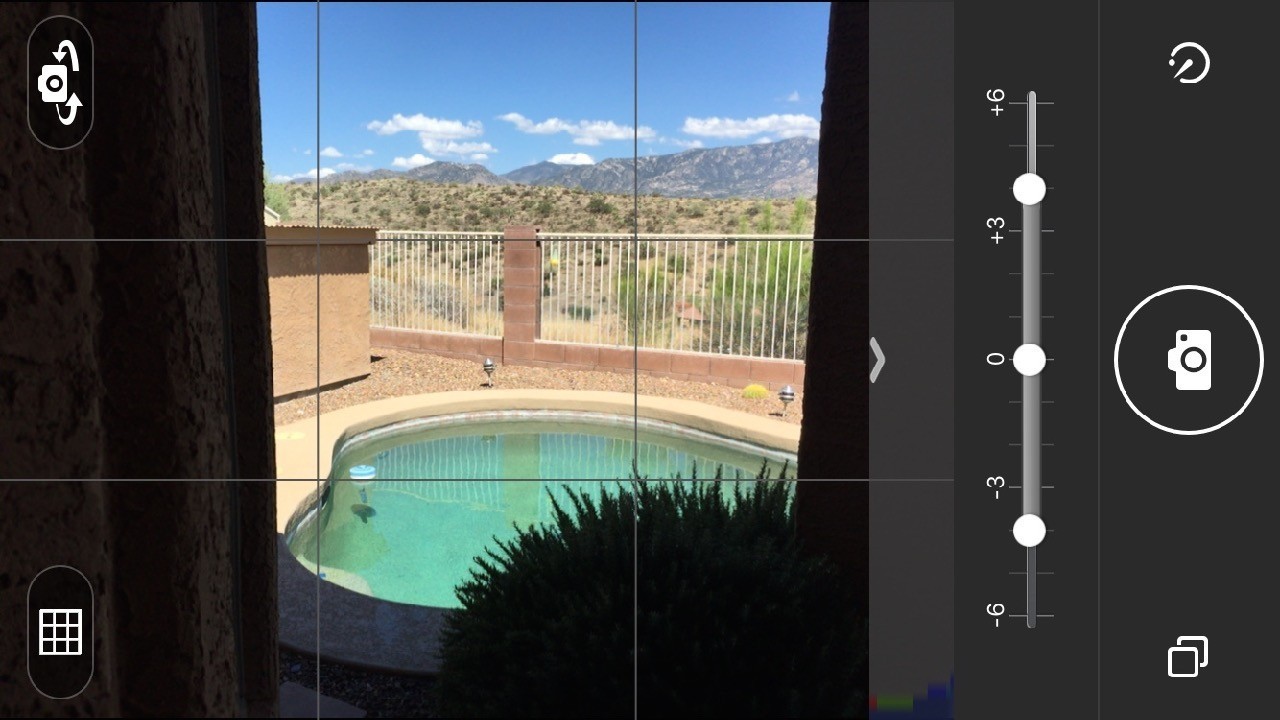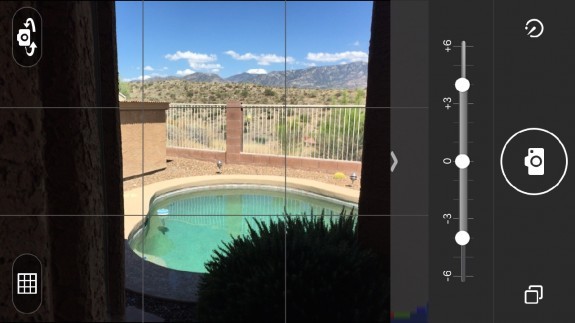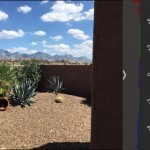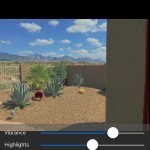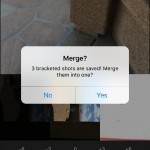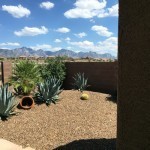With all the HDR programs for the iPhone out there, there are actually only a few that let you set the brackets manually and keep every image before merging.
Auto-bracketing(AEB) was around before HDR imaging. It let photographers take a multiple photos at different exposure compensation and just chose the best overall exposure. When HDR became more popular, the bracketing function was used to get multiple exposures and merge them.
What AutoBracket HDR does
Happily, AutoBracket HDR ($1.99) does both, and gives you control of the range of exposures. When you start up the app, you can see where the camera is pointed, and you can select exposure compensation anywhere from none to six f-stops on either side. You tap the camera button, and the three shots are saved, and you get an option to merge them into a single HDR.
The app lets you see a useful histogram, and you can control focus and exposure independently. After you take your images, there are sliders for vibrance, highlights, shadows, contrast and brightness. There is also an auto setting, but I think most people will chose control instead of automation.
AutoBracket HDR also offers timed capture, and some filters for effects when you’re done. There is a handy grid with the classic divisions at thirds if you want to have some composition help
I really appreciated the range of exposures in tough lighting conditions. In some cases, I used the best of three. In other cases, merging the three exposures into an HDR made the most sense. I thought the resulting HDR image was never over-the-top, always looking natural but with greater dynamic range.
The app lets you use either iPhone camera, but I think most users will concentration the higher resolution rear camera.
Using AutoBracket HDR
Trying my normal bright window/dark room tests I thought the app did well. The result was natural, and not too jazzed up. It was a pretty close simulation of what my eye saw, which is better than what most unassisted cameras could do. Outside, with bright skies and deep shadows, the results were again pleasing. It held its own with many of the other HDR apps I use on a regular basis.
I saw some comments on crashing from users. It was quite stable under the latest version of iOS 8. It was less stable under the beta of iOS 9, but lots of apps are.
Photos retained their native resolution after editing. There are options to save photos to social media, like Facebook, Twitter, Instagram and of course you can email them or send them via messaging. Photos can be edited roughly, and there is a nice selection of filters, but nothing extravagant, and I think most iPhoneographers will go to their favorite external editor for finishing touches.
AutoBracket HDR is a worthy addition to your digital camera bag. I found it useful for just picking one backed shot was i did for creating HDR images.
Autobracket HDR is $1.99 and that’s a fair ask. The app is universal and works on either iPads or iPhones. It’s optimized for the new larger iPhone screens.
Download Autobracket HDR
App Store link: AutoBracket HDR – Pictional LLC
– Mel Martin
AutoBracket HDR 1.1
Effects Quality/Toolbox
Resolution and Image Quality
User Interface
Price/Value
Recommended
"... a pretty close simulation of what my eye saw." Holds its own with many other HDR iPhone photo apps.

